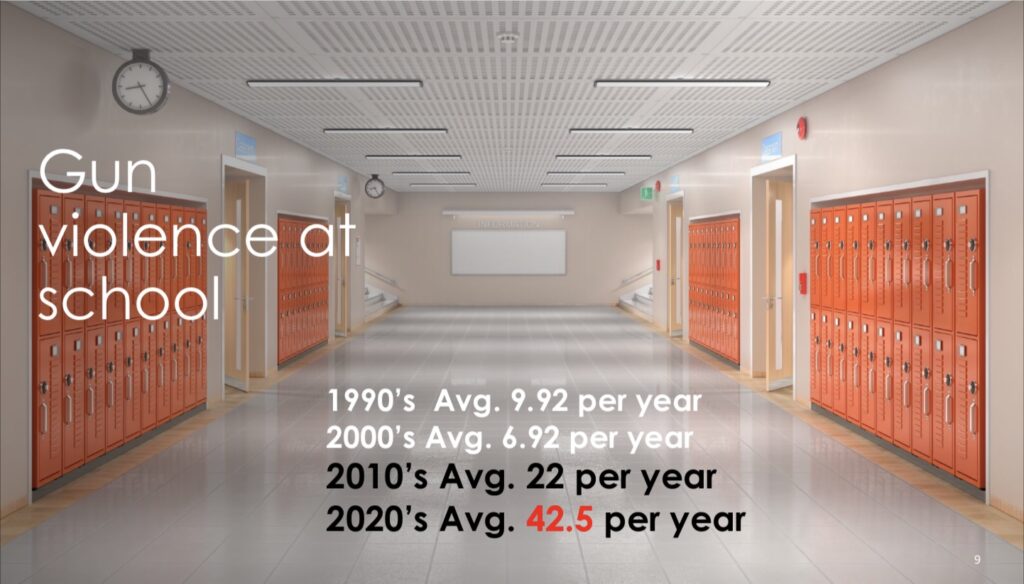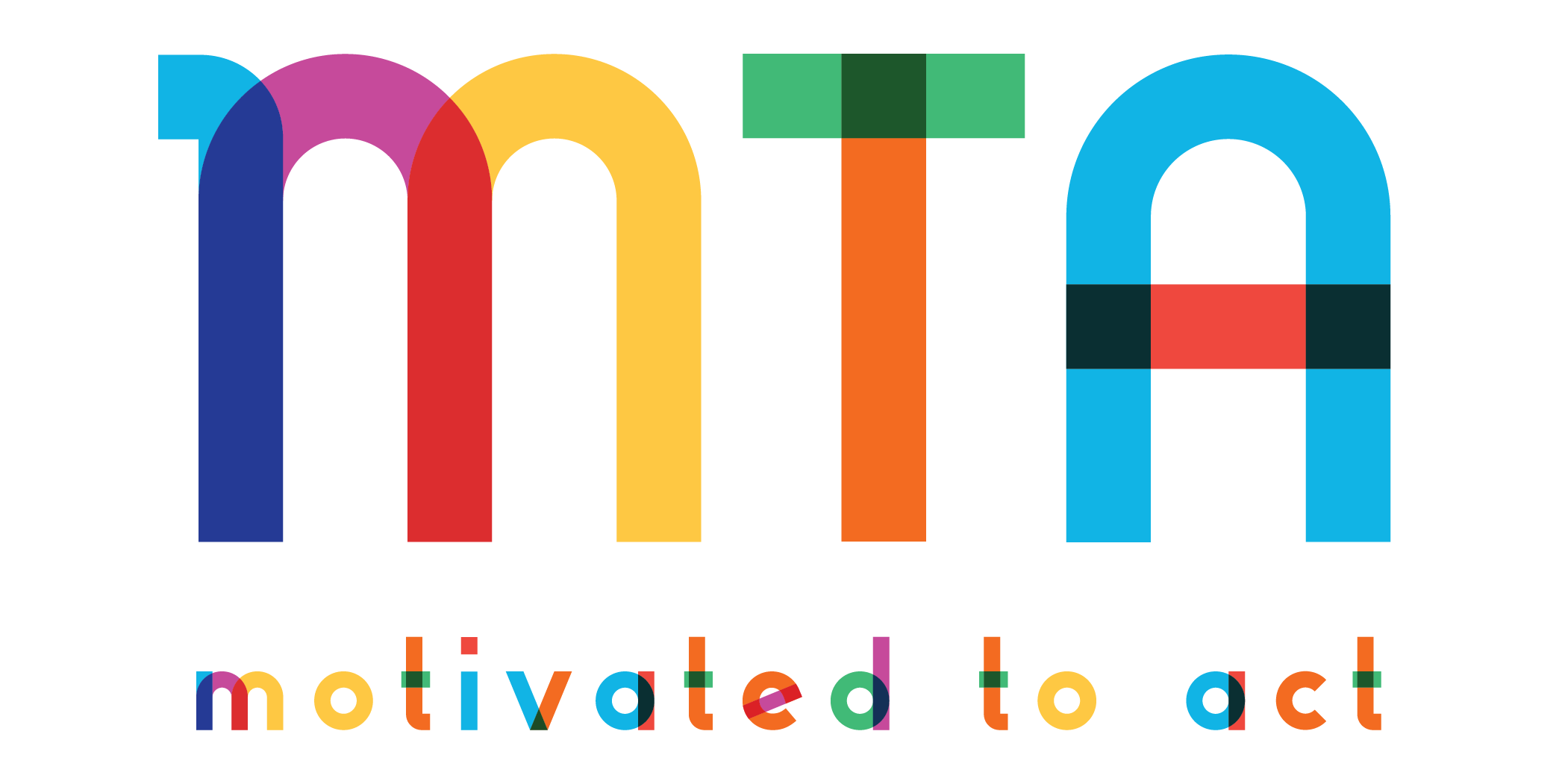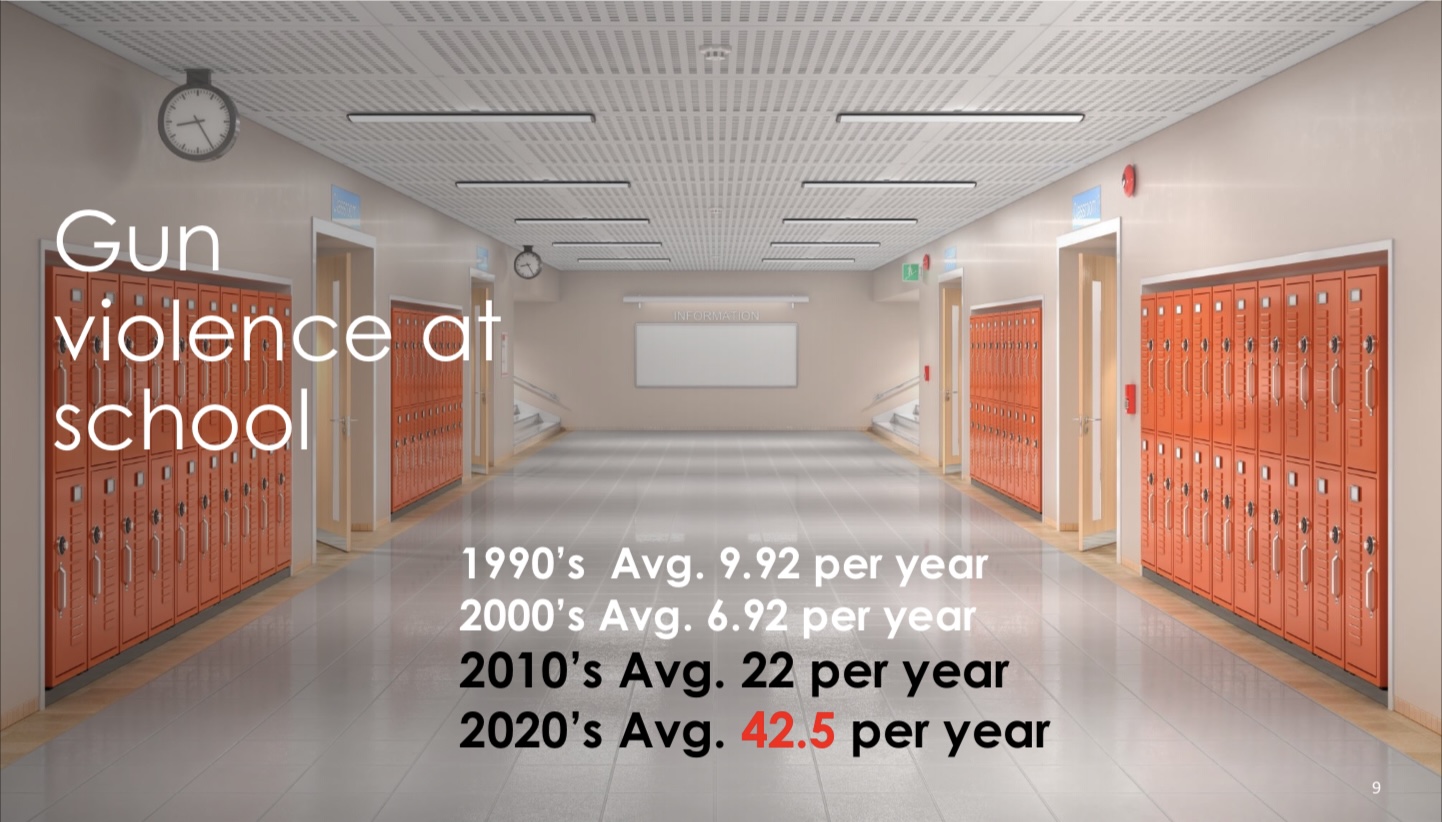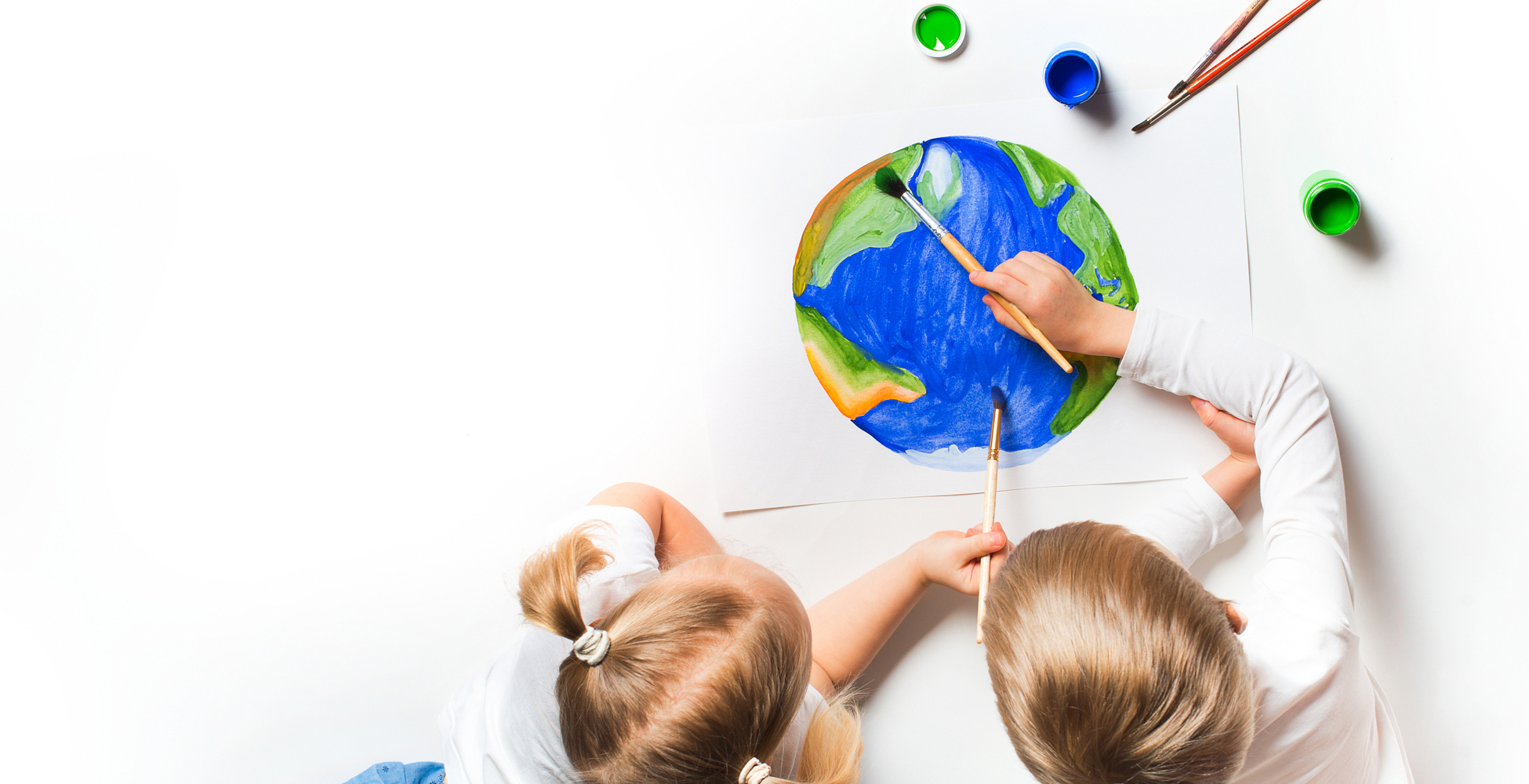
In 1994, a group of scholars were very concerned over the amount of shootings and other violent behaviors taking place at schools in America. They wisely created the Collaborative for Academic, Social and Emotional Learning, or CASEL. While they were not the first to create prevention programs for students based on Social and Emotional Learning (SEL) techniques, their work successfully generated more opportunities for students to be in touch with their own social and emotional health as well as those around them at school and at home.
The results from the new SEL emphasis for students appeared to have reduced the amount of gun violence taking place at schools. The nation saw a decrease of incidents at schools, from a peak of 25 in 1994 (highest recorded up to that point in history) to 7 in 1997. The amount of school shootings per year stayed in the single digit range until 2005; one year after the creation of social media giant Facebook.
Recent studies have found SEL to be widely beneficial, decreasing emotional stress, strengthening coping skills, and providing a reduction in bullying. But how is SEL holding up for our youth, against the ever-so-present shadow of social media? The year after Facebook was created, our great nation edged back into the double-digits of annual shooting incidents at schools. Since 2010, incidents have remained in double-digits with the most recent five years averaging an alarming 55.4 school shootings per year. Is it possible that the pressures of social media and the ease of cyberbullying is erasing years of successful SEL work?
We need to provide our children a solid foundation of Social and Emotional Learning during their formative years, to help them cope with the inevitable onslaught of bullying and similar issues that most children will face by the time they reach middle or high school. Some children display their learned behavior of discrimination and bullying as early as preschool, so providing an SEL program, such as the Confident Life Program™, is imperative to help young students thrive at school and in their communities. We need to provide them with a solid foundation of self-worth, respect for others, and similar skills as early as possible to prevent bullying and other poor behaviors.
While social media platforms may have many benefits in society, it also allows for young impressionable people to become the targets of cyberbullying. These platforms may be credited for bringing communities together, but they also have the potential to tear families and lives apart. Therefore, it is reasonable to see that parents allow much risk to their children by permitting them to have unsupervised freedom on social media.
Without specifically addressing the potential hazards of online social media, the award-winning Confident Life Program™ provides a baseline for children to recognize and prevent various forms of bullying. Motivated To Act promotes the Confident Life Program™ for students in grades K-3 and is releasing a new 3-4 minute video on Thursday, April 25th on YouTube at 5:30pm PT, to share more information about this program. Please click on this link to watch the video. The Confident Life Program
If you are concerned about safety in your schools, one of the best tools we can provide for our children and communities, is to start teaching SEL programs to children at a young age. They learn the importance of integrating inclusion, empathy, respect, taking responsibility for one’s actions, leadership skills, conflict resolution, fair play in sports and more into their daily lives. All of this is included in the Confident Life Program™ and we need your help reaching out to schools and other youth organizations, to give them the opportunity to review this program.
For more information on how to request the Confident Life Program™ for your school or organization, please stay tuned and visit our website again in late May, 2024. Please also subscribe to our newsletter.
Mark your calendars for Monday, September 9, 2024 for the first annual Motivated To Act Gala!





